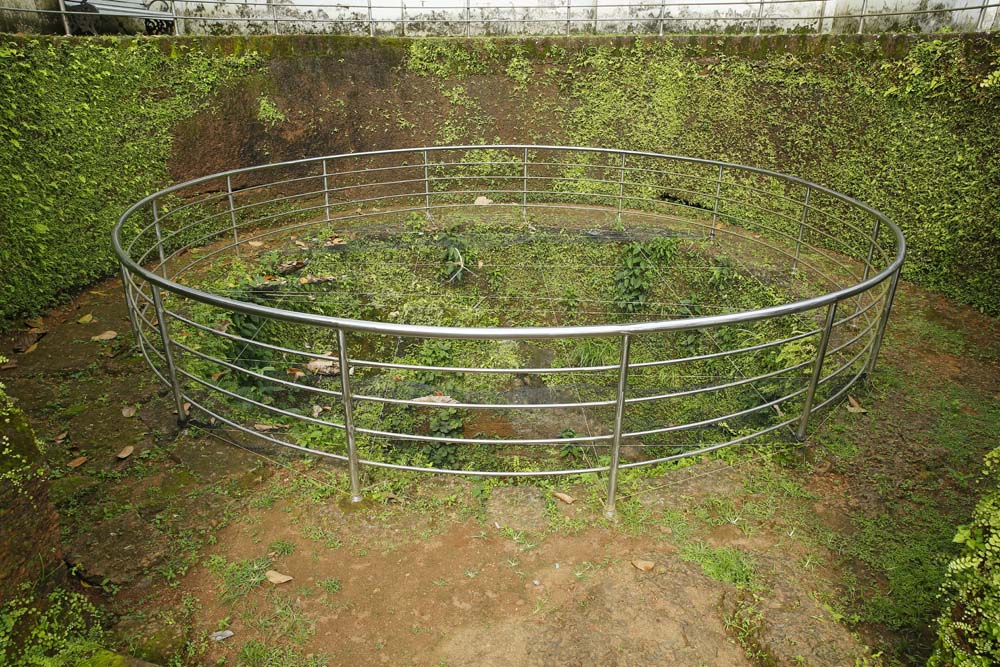

Malappuram has made numerous contributions to the cultural heritage of Kerala. A famous centre for Hindu-Vedic learning and Islamic philosophy, the temples and mosques of this region are well known for their spectacular festivals. The term, Malappuram, which means “over the hill” in Malayalam, is derived from the geography of Malappuram, the administrative headquarters of the district.
During the early medieval period, the district was home to two of the four major kingdoms that ruled Kerala. Perumpadappu was the hometown of the Kingdom of Cochin, which is also known as Perumbadappu Swaroopam, and Nediyiruppu (an area under Kondotty municipality) was the hometown of the Zamorin of Calicut, which is also known as Nediyiruppu Swaroopam.
Mamangam was a duodecennial medieval fair held on the bank, and on the dry river-bed, of Bharathappuzha at Tirunavaya, southern India. The Hindu temple associated with the festival was Nava Mukunda Temple,Tirunavaya. It seems to have begun as a temple festival, analogous to the Kumbha Melas at Ujjaini, Prayaga, Haridwar and Kumbakonam.[1]
Tirunavaya, is known for its ancient Hindu temples. The festival was most flamboyantly celebrated under the auspices and at the expenses of the Hindu chiefs of Kozhikode (Calicut), the Samutiris (the Zamorins). The fair was not only a religious festival for the Samutiris, but also an occasion for the display of all their pomp and power as the most powerful chiefs of Kerala.


